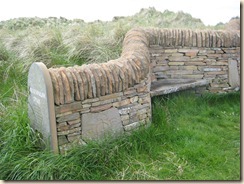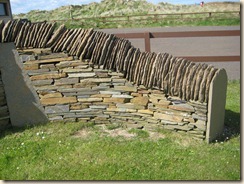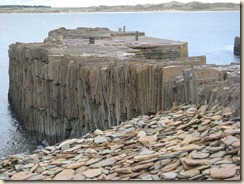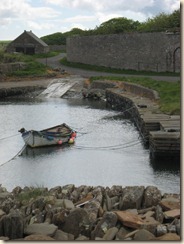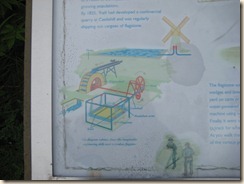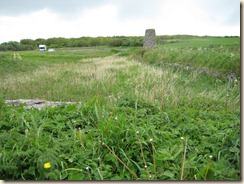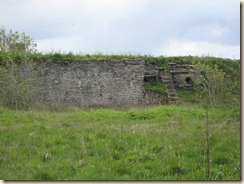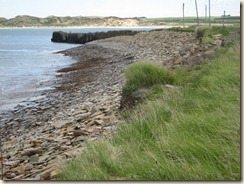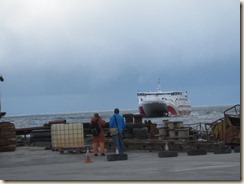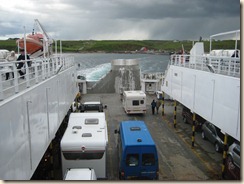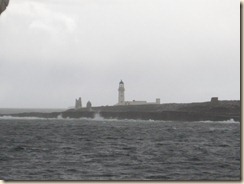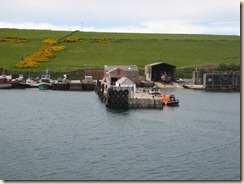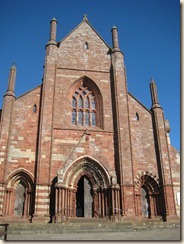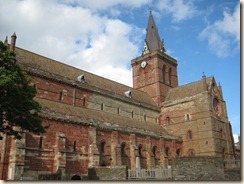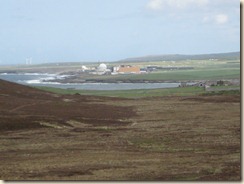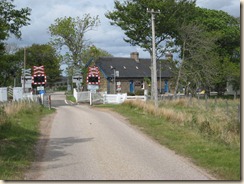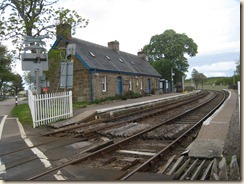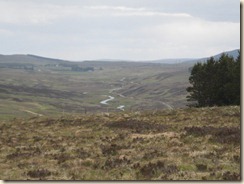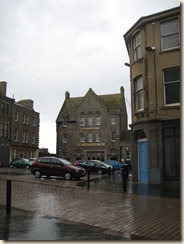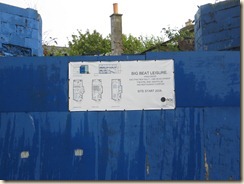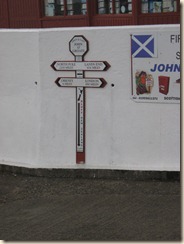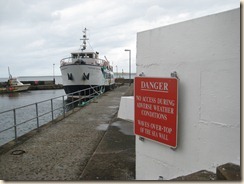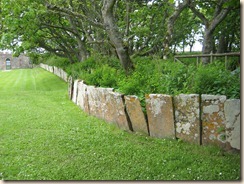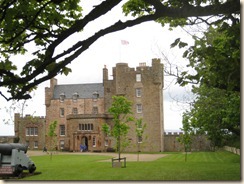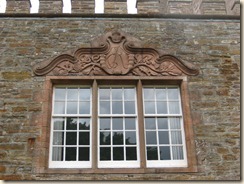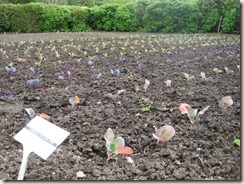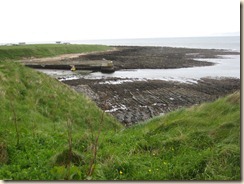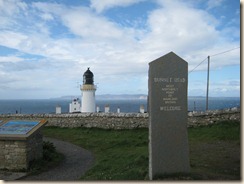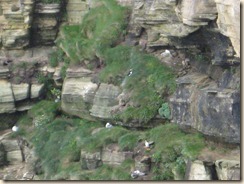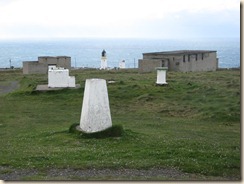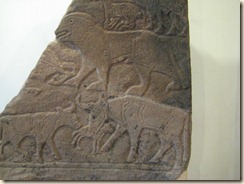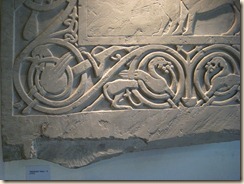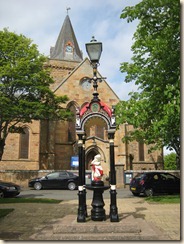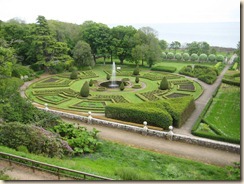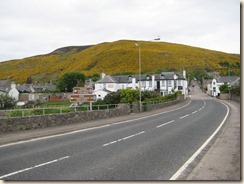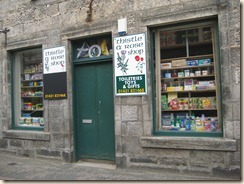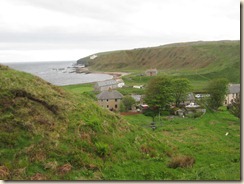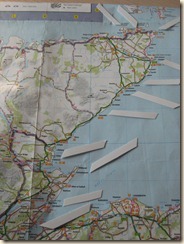I’ve arrived in Orkney.
I spent the morning doing some housekeeping before back tracking to the west end of the bay to Castletown to investigate the industrial archaeology of flagstones…
I’ve been noticing the local road and field boundaries (photo from Castle of Mey) either where there are flat flagstones (not very effective with stock)
or stacked and topped (my definition). I hadn’t been able to take photos of the latter but have two decorative examples:
There aren’t many hedges and barbed wire is used extensively, sadly quite often adorned with plastic bags flying in the wind
Castletown has a magnificent liitle harbour built of flagstones:
and flagstones were exported from here to London (the Strand, London Docks, Euston Station’s concourse (the one that was destroyed by redevelopment in the ‘60’s)), Bombay, Dunedin, Melbourne, Valparaiso.
There was a mill which pumped water into a pond
Pond and windmill from top of dam
The water from the pond ran a water driven saw which cut the stone.
Beach of flagstone detritus, harbour mole, beach behind
Then I moved back east to Gills Bay which is just east of the Castle of Mey, for the crossing to Saint Margaret’s Hope, South Ronaldsay, Orkney. I was well organised – had my Quells to take – recalling the unpleasantness the last time I crossed the Pentland Firth to Stromness – and was feeling relaxed - until they asked me to reverse on to the ship. And there was nobody on the gangway to wave their arms around to help me. As I was clearly going to take a lot of time doing this, one of the non-arm waving loaders came to do it for me. Annoyingly there was more than enough room for me to have turned around on deck. However it could have been worse, if I’d had a caravan and had to reverse with that on to the vessel.
Fortunately I wrapped up well and took rain gear as there was no shelter on the “sun deck”. I saw another puffin on the sea.
Selection of lighthouses on the abandoned island of Swona.
Scapa flow defence on South Ronaldsay
St Magnus Cathedral: medieval viking church which took over 300 years to construct.
St Magnus Cathedral was in the Arch Diocese of Trondheim until 1486
Am staying in a municipal campsite just on the outskirts of Kirkwall, which isn’t big. It has very smart showers but no where for washing up and laundry. The Leisure centre to which it is attached has wifi so will go there to send all these off rather than splitting them up….
So this includes Saturday 21st, a day mostly spent trying to “publish” all this and, over a pint (or two) succeeding. I also met my cousin and his wife on their way to Westray: I may go there on foot, leaving the trusty Van in the camp site in Kirkwall…

